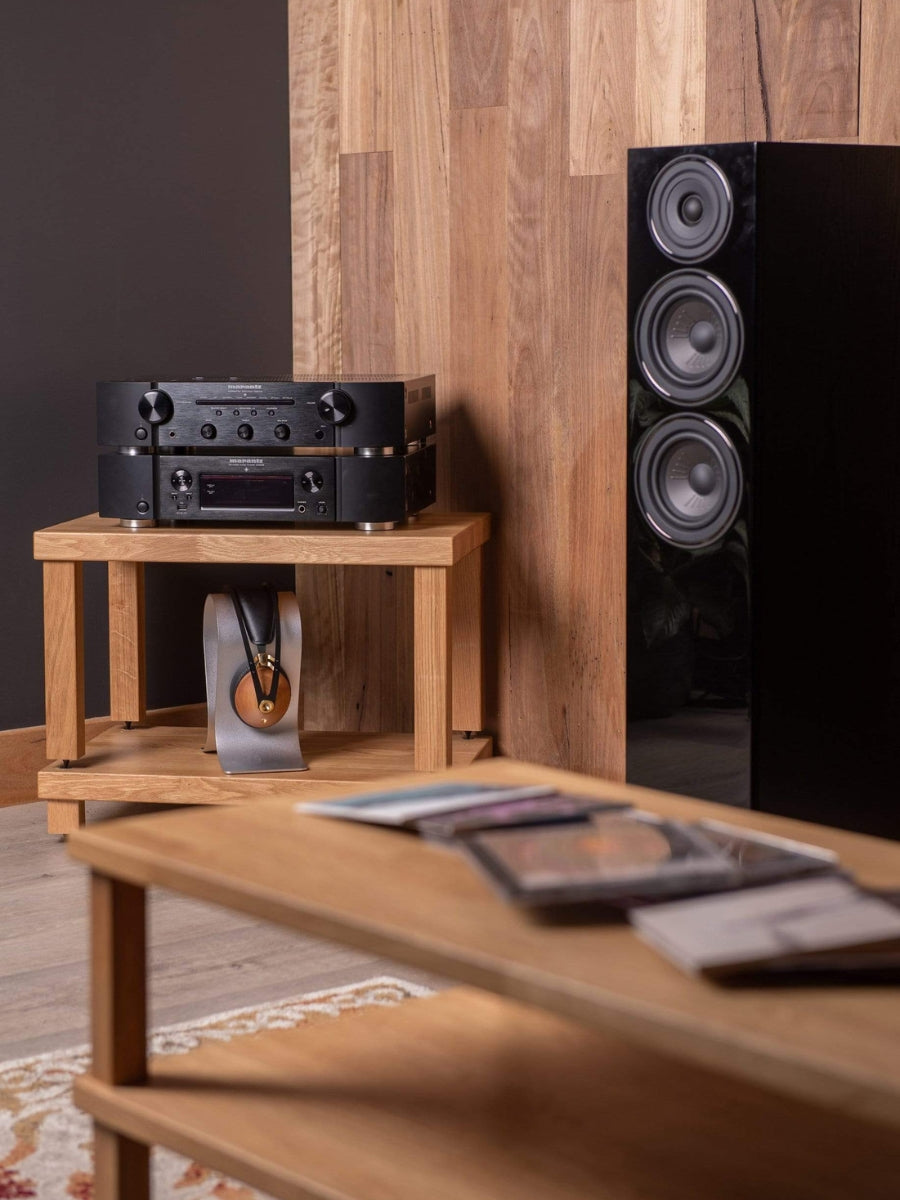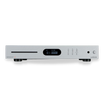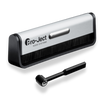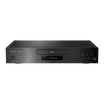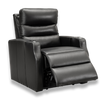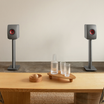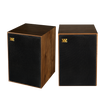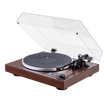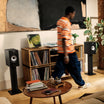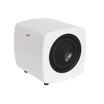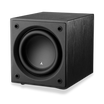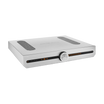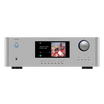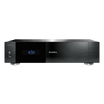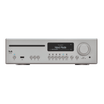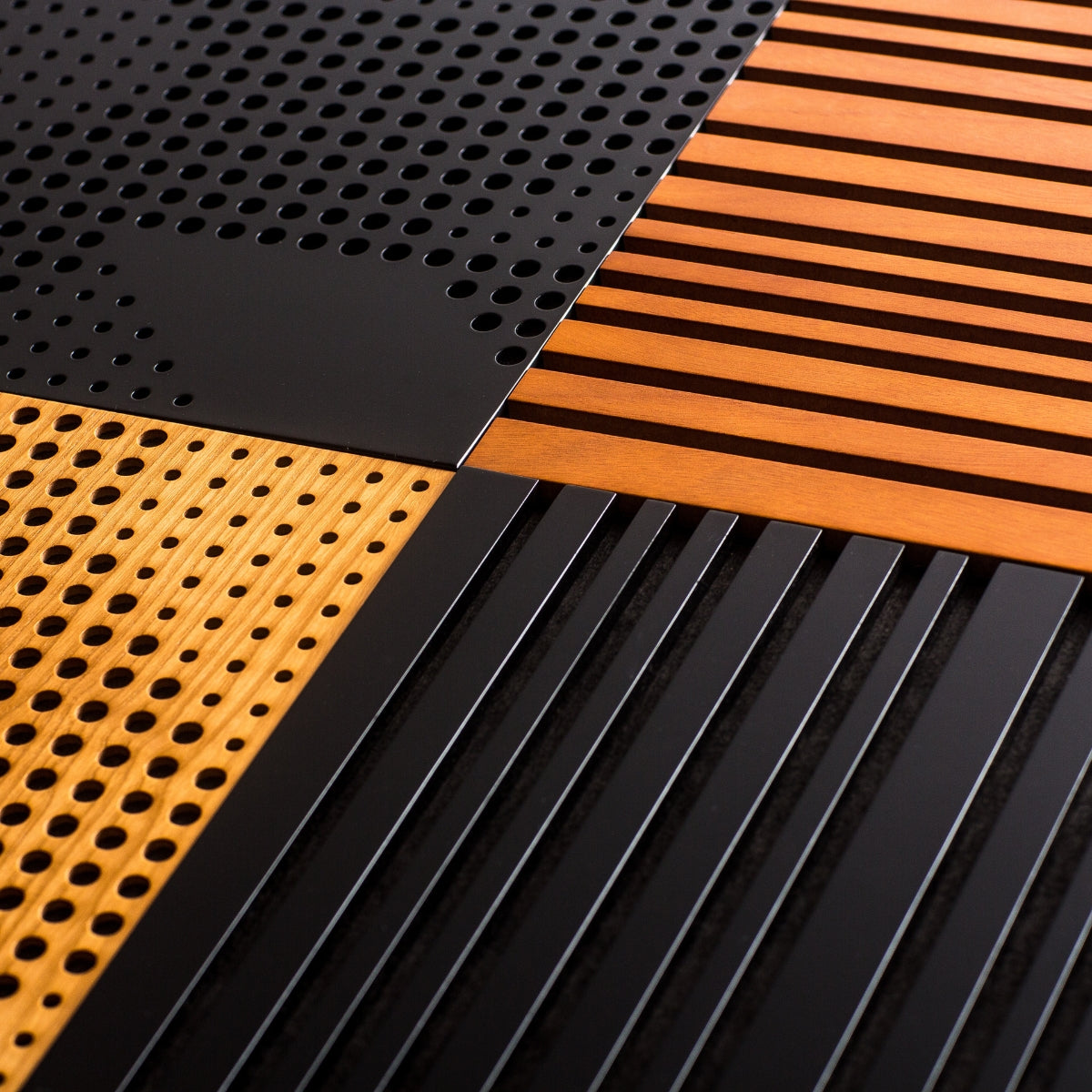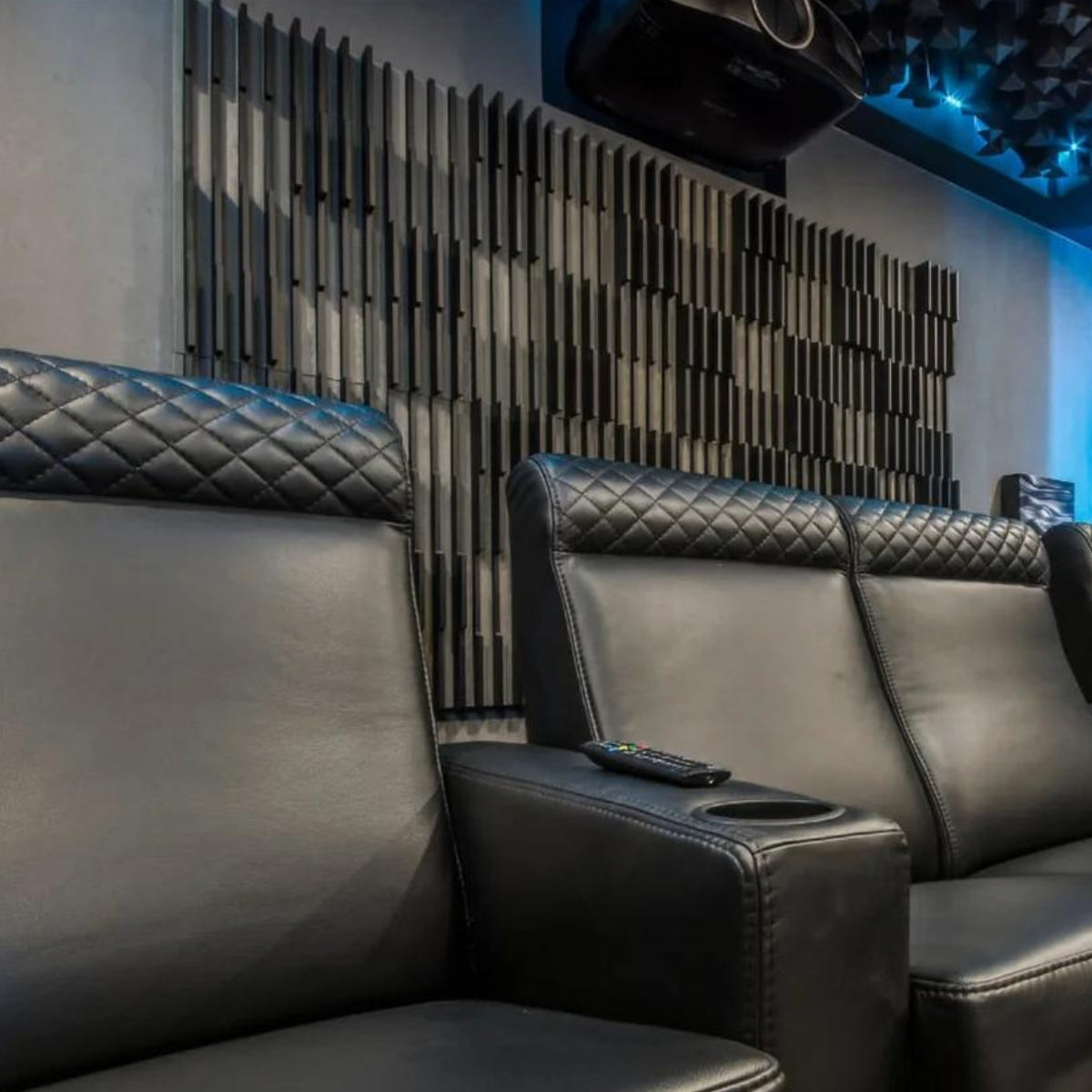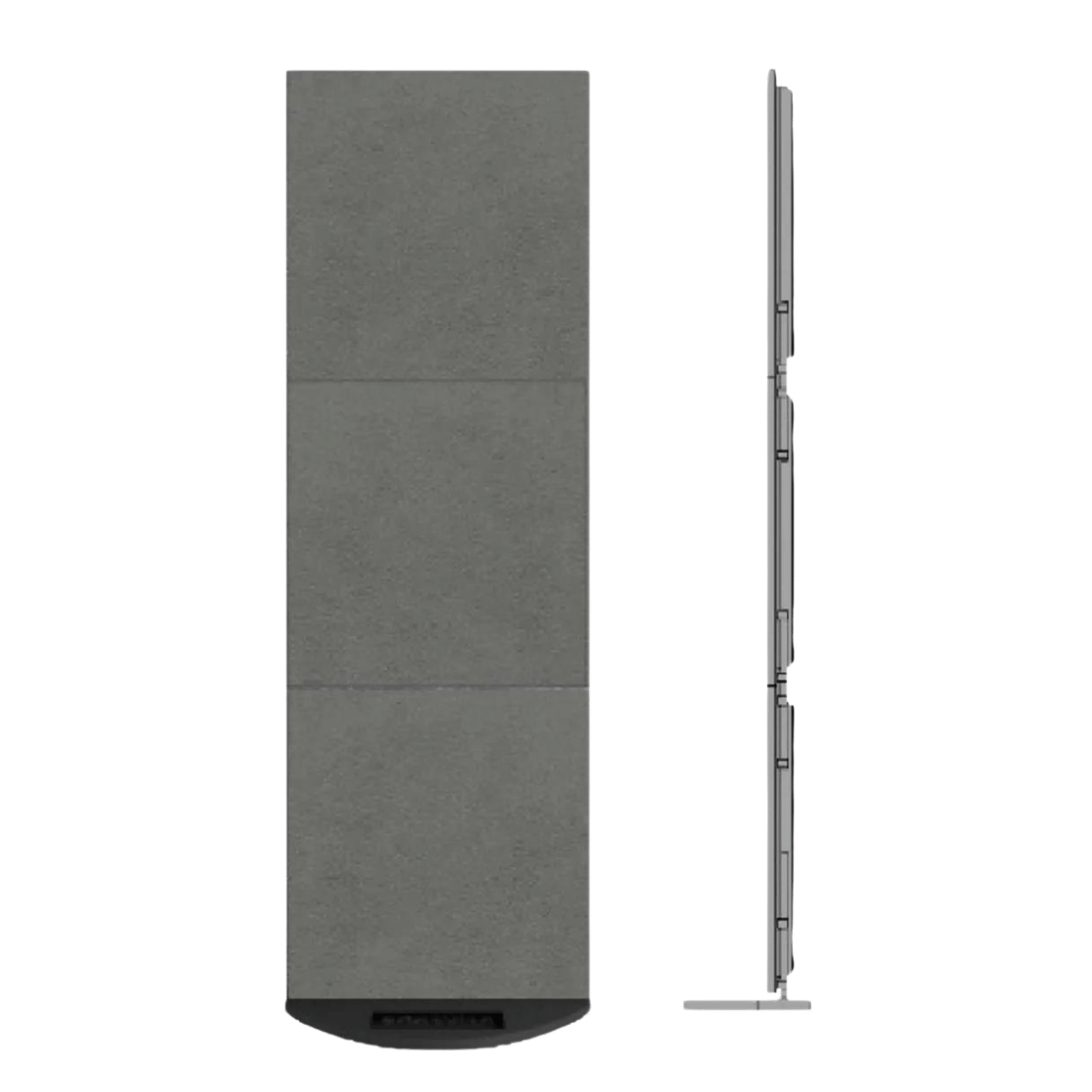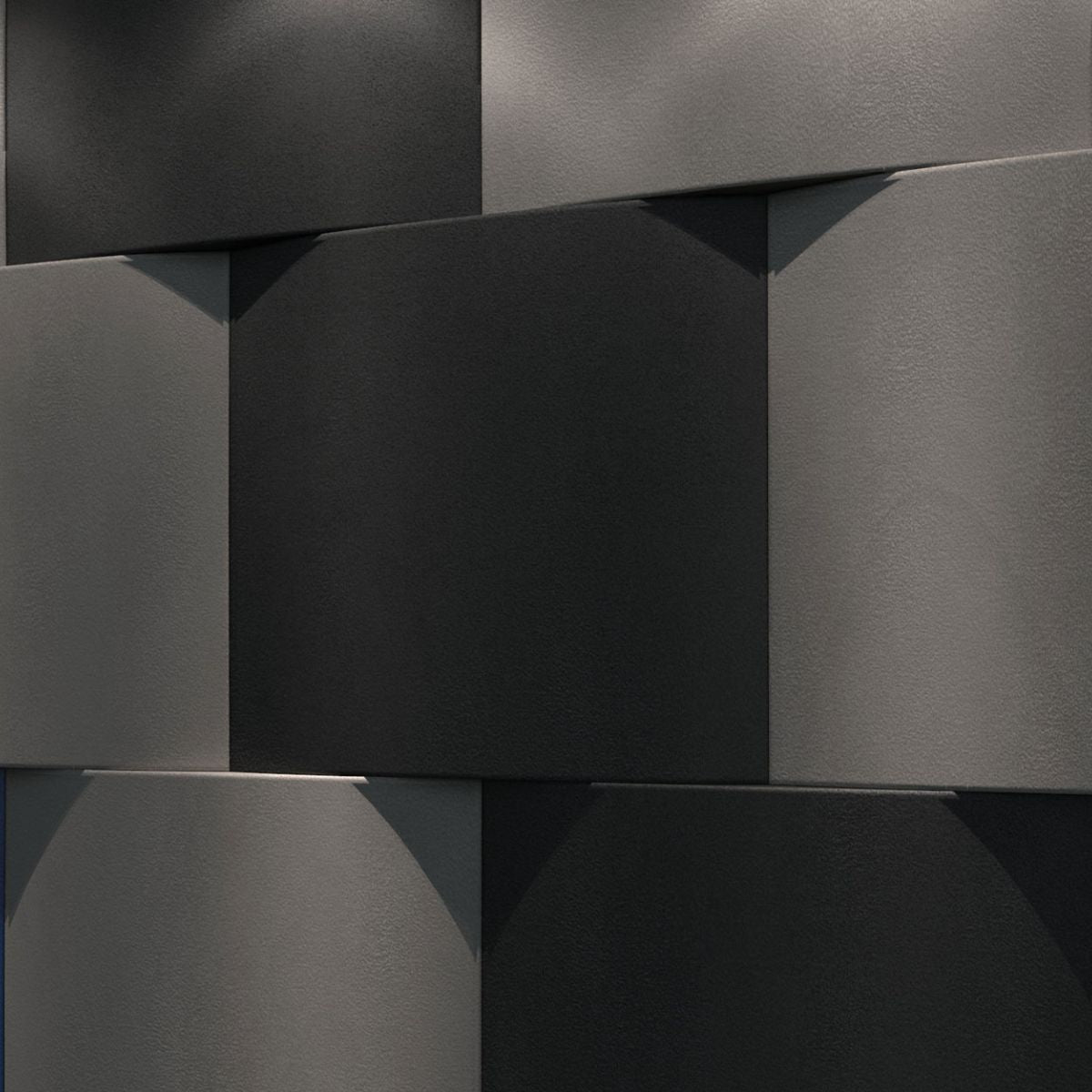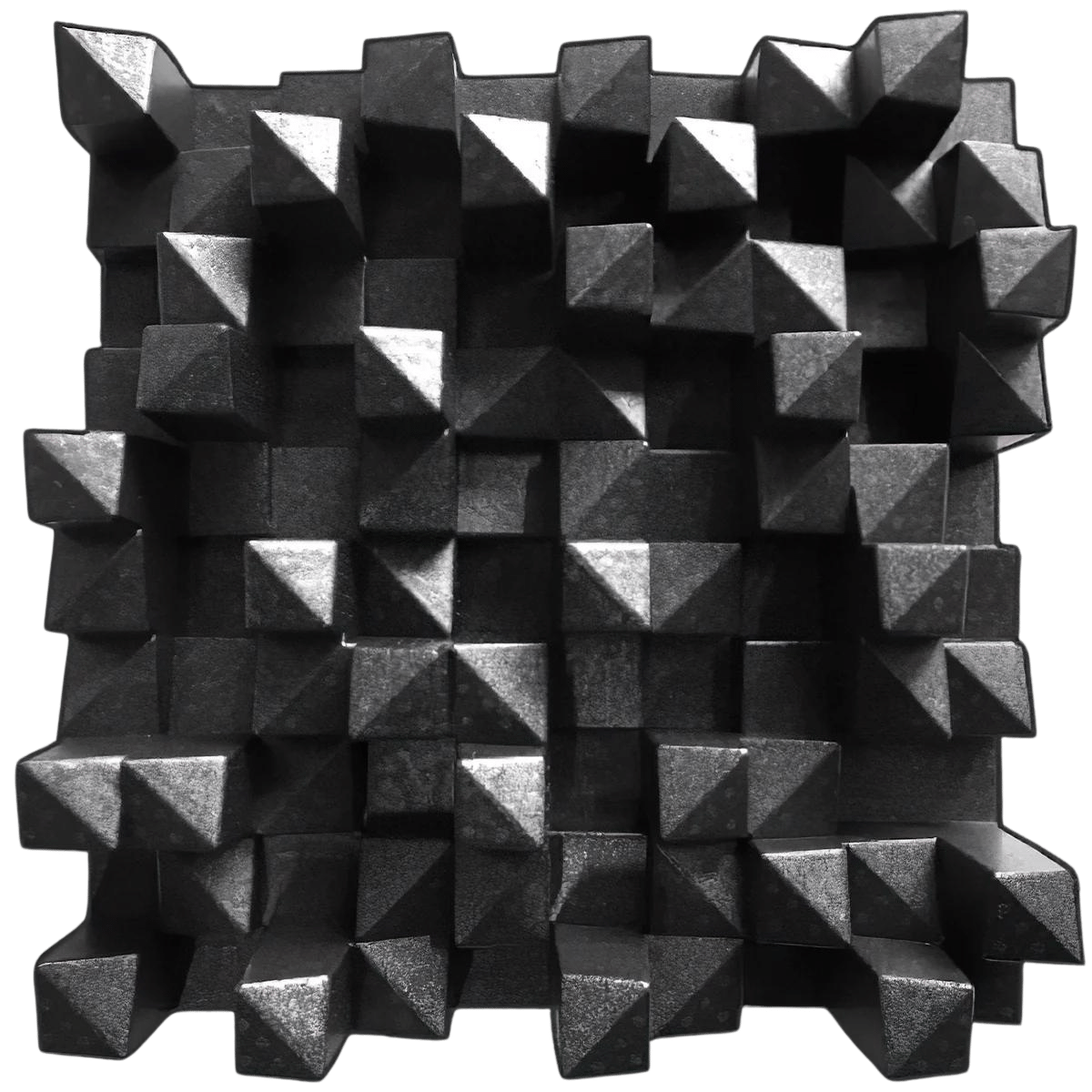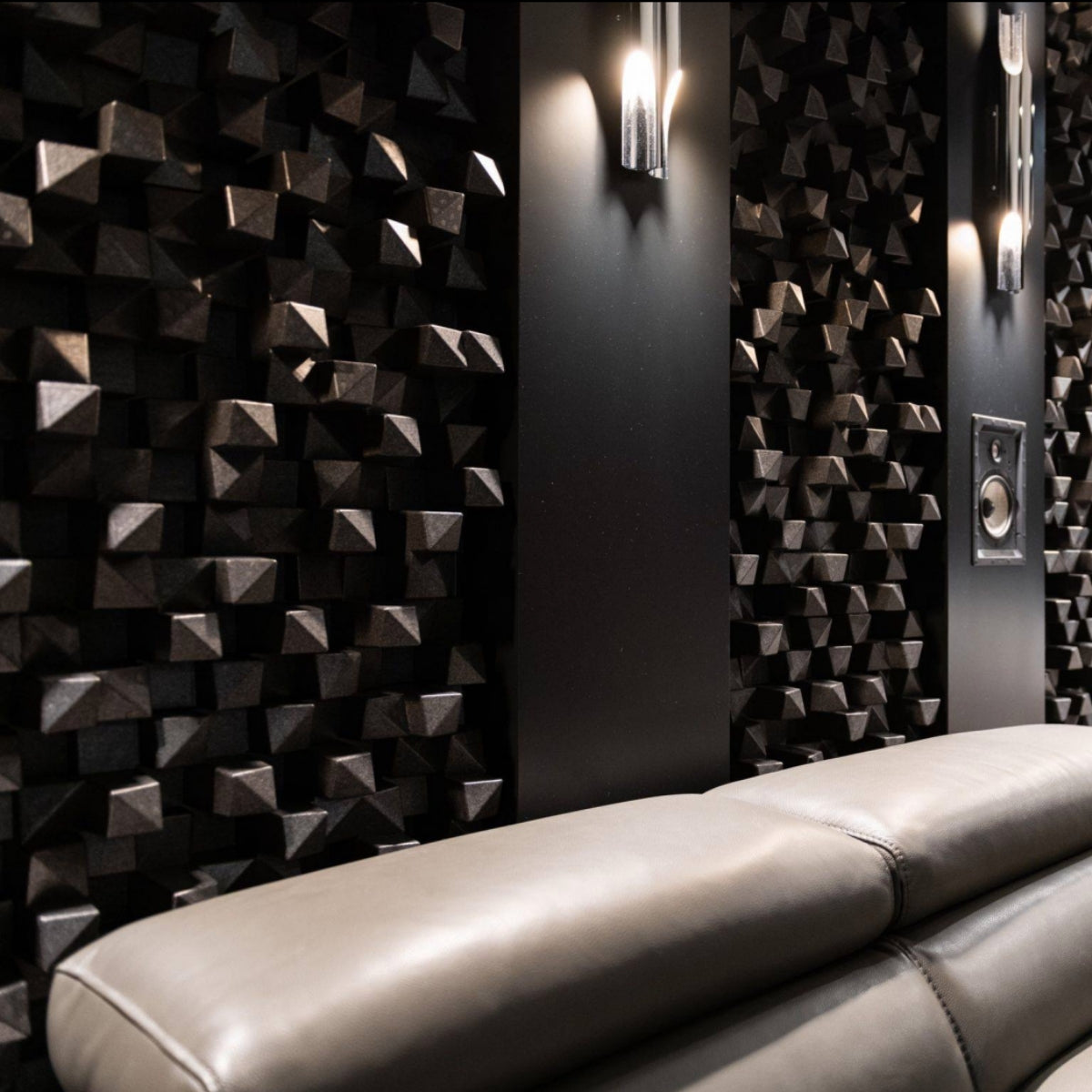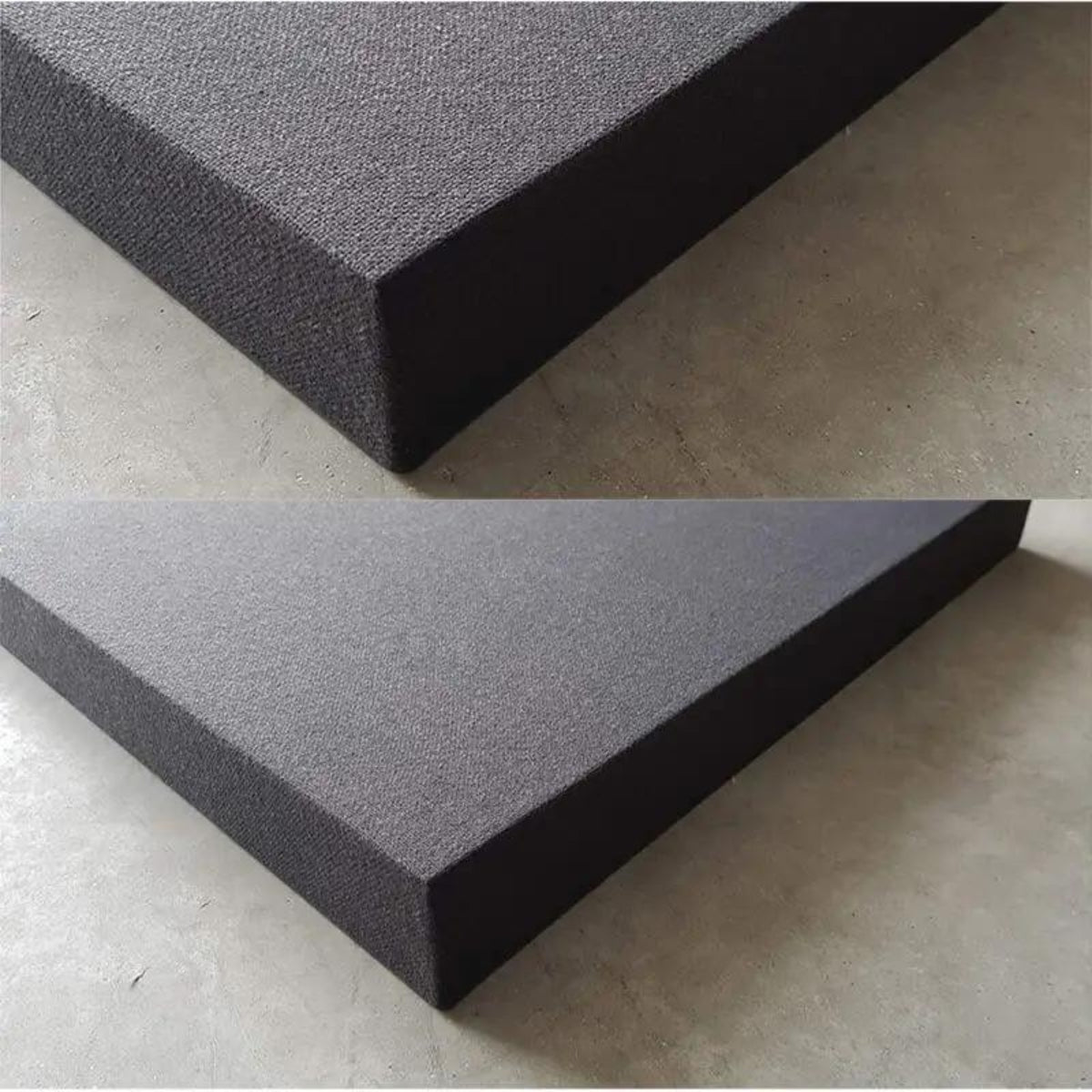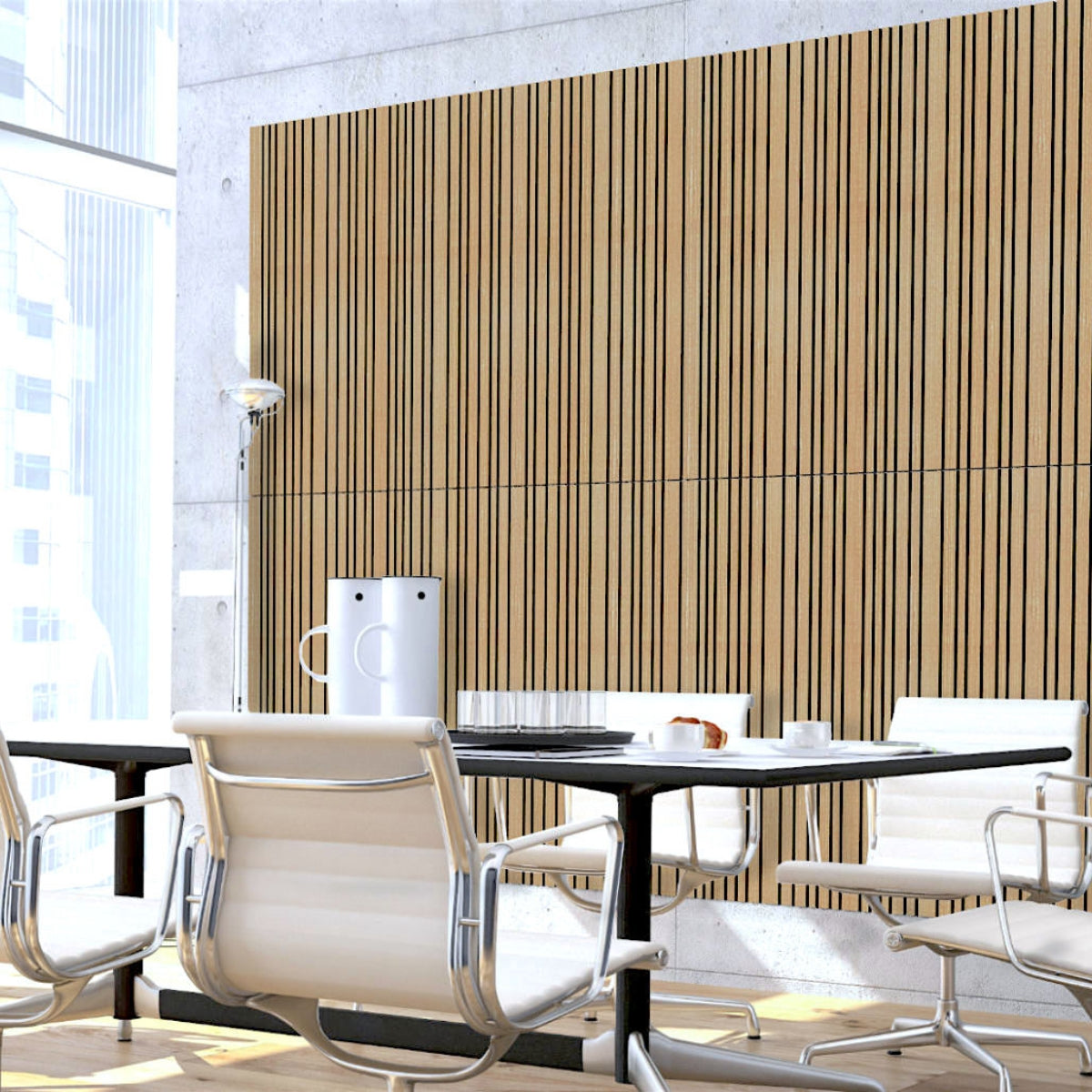
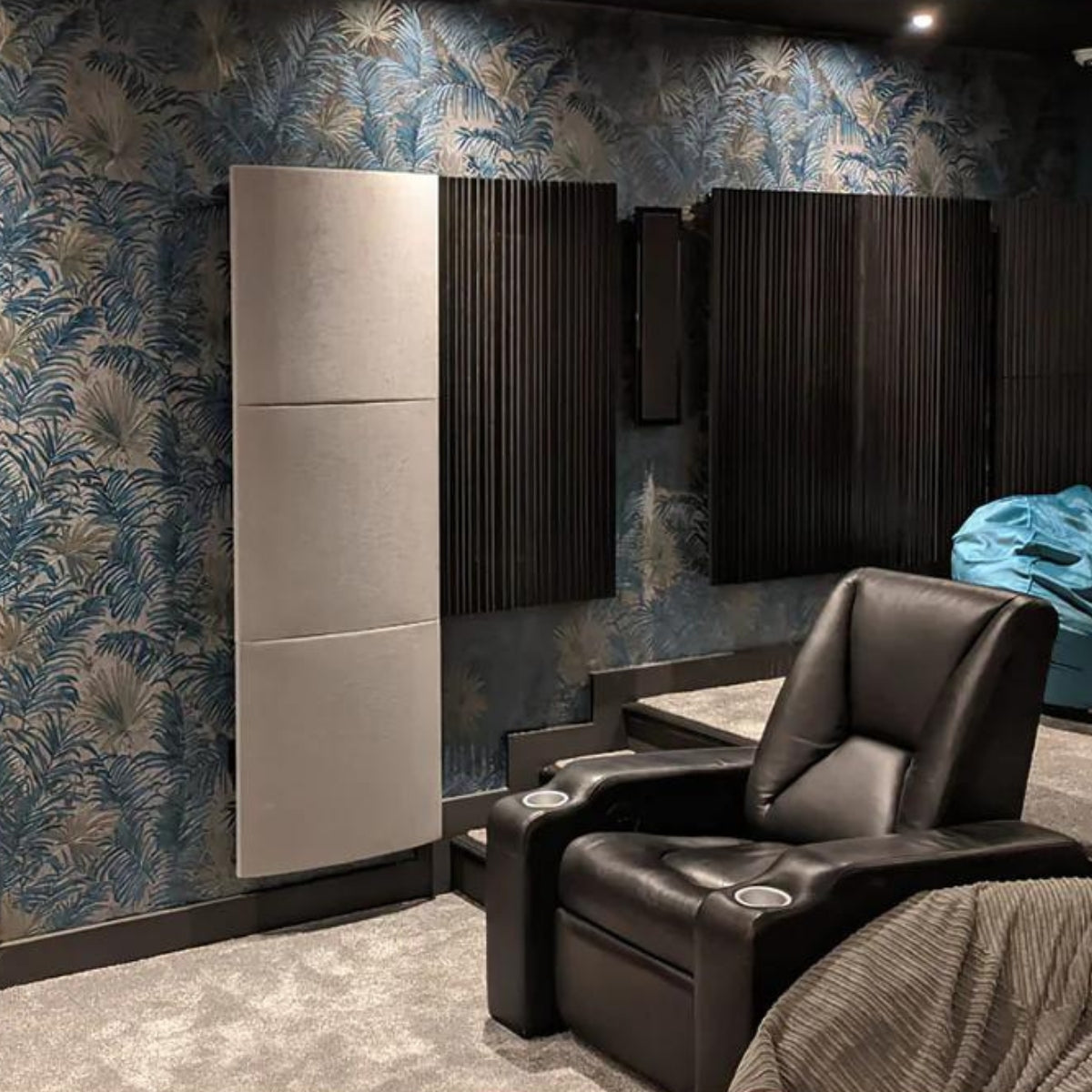
NARROW YOUR SEARCH FOR
Acoustic Panels & Treatments
Filters
24 products
TELL ME MORE ABOUT
Acoustic Panels & Treatments
Dive into our curated collection of acoustic panels and treatment solutions, designed to optimize the sound quality of any space, from home theatres to professional studios.
These essential... Read More
Dive into our curated collection of acoustic panels and treatment solutions, designed to optimize the sound quality of any space, from home theatres to professional studios.
These essential enhancements are engineered to absorb, diffuse, and manage sound waves, reducing unwanted echoes and reverberations for a clearer and more precise audio experience. Whether you're looking to refine your listening environment, enhance your recording quality, or simply create a more acoustically pleasing space, our selection offers a variety of styles and materials to suit your specific needs.
Explore our range to discover how acoustic panels and treatments can transform your auditory environment, merging aesthetic appeal with acoustic functionality for the ultimate sound experience.
What Are Acoustic Panels & Treatments?
Acoustic panels and treatments are specialized products designed to improve the sound quality within a room by addressing common acoustic issues such as echoes, reverberations, and sound clarity. Acoustic panels are typically made from sound-absorbing materials like foam or fibreglass, which trap and diffuse sound waves, preventing them from bouncing off hard surfaces and creating echo effects. These panels can be strategically placed on walls, ceilings, and even floors to target specific areas where sound control is needed. Their primary goal is to enhance the listening experience by reducing unwanted noise and ensuring that sound is more evenly distributed throughout the space.
Beyond just functional benefits, modern acoustic treatments also offer aesthetic value, available in various colours, patterns, and designs to complement any room's decor. From sleek and minimalistic to bold and artistic, these treatments can double as decorative elements, adding a visually pleasing aspect to their practical application. Whether for a home theatre, recording studio, or any space where sound quality is paramount, acoustic panels and treatments are essential tools for creating acoustically balanced environments. They not only improve the clarity and quality of sound but also contribute to a more comfortable and sonically pleasing living or working space.
How To Choose The Right Acoustic Panelling & Treatments For Your Needs?
Choosing the right acoustic panels and treatments for your needs involves understanding the specific acoustic challenges of your space and your goals for sound improvement. Start by assessing the room's primary use: whether it's for critical listening, as in a home theater or recording studio, or for creating a more comfortable acoustic environment in a living space or office. Consider the types of noise issues you're facing, such as echo, reverberation, or external noise. Different types of acoustic treatments are designed to address specific problems—absorption panels are excellent for reducing echoes and reverberations, while diffusion panels help evenly distribute sound throughout a room. Bass traps are essential for controlling low-frequency sounds in studios and home theatres.
The size and layout of the room also play a crucial role in selecting the appropriate acoustic treatments. Larger rooms or those with high ceilings may require more extensive coverage or specially designed panels. The materials and construction of the room, including walls, floors, and furniture, can affect sound behaviour, necessitating a tailored approach to treatment. Additionally, aesthetic preferences should be considered; many acoustic panels come in various colours and designs that can enhance the room's appearance. Consulting with acoustic experts or utilizing room analysis tools offered by some manufacturers can provide valuable guidance in making the right choices, ensuring that the acoustic treatments not only improve sound quality but also fit seamlessly with your room's design and function.
Final Thoughts
Integrating the right acoustic panels and treatments into your space can dramatically enhance the audio experience, whether for professional recording, home entertainment, or creating a more acoustically pleasant environment. By carefully assessing your room's specific needs and considering both the functional and aesthetic aspects of acoustic treatments, you can achieve a balance between sound clarity and room design. Remember, the goal is to create a space where sound is not only heard but also felt in its best form, transforming any room into an optimal listening environment. With the right approach and selection, acoustic panels and treatments can significantly elevate your auditory experience.
Some Quick FAQ:
What is acoustic wall insulation?
Acoustic wall insulation is a type of insulation designed to reduce sound transmission through walls, helping to create a more acoustically comfortable indoor environment.
How can acoustic ceiling panels enhance the sound quality in a room?
Acoustic ceiling panels can enhance a room's sound quality by absorbing excess reverberation and echo, leading to clearer and more balanced audio within the space.
What is the purpose of acoustic foam panels?
Acoustic foam panels are designed to absorb sound and reduce noise, making them ideal for use in recording studios, home theatres, offices, and other spaces where sound quality and noise control are important.
How can I effectively soundproof a room?
Effective soundproofing can be achieved by using a combination of sound-absorbing materials, such as acoustic wall panels and foam panels, along with heavy-duty insulation products and acoustic ceiling treatments.
What are acoustic diffusers used for?
Acoustic diffusers are used to scatter sound waves, helping to reduce echoes and create a more balanced and natural sound within a space, often used in recording studios, performance venues, and other acoustic environments.
NEED MORE GUIDANCE?
We are here to help
Check out some of our most commonly asked questions.
What do I need to play records?
Getting into vinyl? That’s awesome! We have some curated turntable Hi-Fi packs, with everything you'll need to get spinning right away. But if you want to build your own, read on for all the details.
First off, you'll need a turntable. It's the star of the show, so make sure it’s in good nick, with a decent cartridge and stylus (needle).
Next, there’s the phono preamp. Some turntables or amplifiers come with one built-in, but if yours doesn’t, you’ll need one as a bridge between your turntable and amplifier or powered speakers.
For the sound output, you’ve got two options. You can go with a traditional setup involving an integrated amplifier to take the signal from your phono preamp and power your passive speakers. Alternatively, you can opt for powered speakers, which have the amplifier built in – a handy all-in-one solution.
Speaking of speakers, good ones are a must for that rich, warm vinyl sound we all love. Whether you go for bookshelf or floorstanding speakers (or powered ones) depends on your space and budget.
And there you go! With these essentials, you’ll be ready to dive into your vinyl collection and enjoy that classic sound.
What can a wireless speaker do?
Wireless speakers are a game-changer for how you enjoy music and audio around the house. First off, they let you stream music wirelessly from your phone, tablet, or computer, so no more messing about with cables. You can easily play tunes from Spotify, Apple Music, Tidal or whatever streaming service you fancy.
If you’re into having music everywhere, many wireless speakers offer multi-room audio. You can sync them up to play the same music in every room or control what plays in each room individually, perfect for parties or just keeping the vibes consistent throughout your home.
Voice control is another brilliant feature. Many come with built-in assistants like Alexa, Google Assistant, or Siri. You can control your music with just your voice, ask for the weather, set reminders, or even control other smart home devices.
Sound quality? These little gadgets often pack a punch, delivering high-quality audio that can rival traditional wired setups. Some even offer 360-degree sound, filling the room with music from every angle.
In a nutshell, wireless speakers bring flexibility, convenience, and top-notch sound to your audio experience, making them a fantastic addition to any home. Whether you’re hosting a party, working from home, or just chilling out, they make listening to music a breeze.
How do you choose the right speaker & amplifier combination?
Deciding on a good speaker and amplifier combination is like putting together a perfect wine and cheese pairing—it’s all about balance and harmony. Here’s a conversational guide to help you through it:
First, consider your speakers. These are your main players, so you want to choose ones that fit your space and listening preferences. If you love deep bass and have a bit of room, floorstanding speakers might be your go-to. For smaller spaces or a more subtle look, bookshelf speakers are fantastic.
Now, onto the amplifier. This is where things get interesting. Your amp needs to match your speakers in terms of power and impedance. Check the wattage ratings on your speakers—your amplifier should provide enough power to drive them properly. Too little power and you’ll be missing out on sound quality; too much, and you risk damaging your speakers.
Next, think about the impedance (measured in ohms). Your amp and speakers should be compatible here too. Most speakers are rated at 8 ohms, but some can be 4 or 6. Make sure your amplifier can handle the impedance of your speakers to avoid any performance issues.
Another important factor is the type of sound you’re after. Some amps are known for their warm, rich tones, while others might be more neutral or even slightly bright. It’s a bit like choosing between a vinyl record and a digital stream or CD —each has its own charm. If possible, listen to different amp and speaker combinations to see what sounds best to your ears.
If purchasing online, note that at LE, we have made recommendations on speaker & amplifier combinations that we think sound wonderful together within each product listing.
Don’t forget about connectivity and features. Modern amplifiers often come with a host of options like Bluetooth, Wi-Fi streaming, and various inputs for all your devices. Make sure your amp has the inputs you need for your turntable, CD player, or streaming device.
Finally, consider your budget. Great sound doesn’t always mean breaking the bank, but be prepared to invest to get a quality setup that will last.
In the end, trust your ears. Listen to a few combinations if you can, and go with what makes your music sound the best to you.
Why do I need a headphone amplifier?
If you’re diving into the world of high-quality audio, a headphone amplifier can be a real game-changer. Think of it like this: most standard devices, like your smartphone or laptop, just don’t have the oomph needed to drive headphones properly. They might get the job done, but they won’t do your music justice. A headphone amp gives your headphones the power they need, ensuring you get the volume and clarity that really makes your music shine.
It’s not just about making things louder, either. A good headphone amp can significantly improve sound quality. You’ll get clearer highs, richer mids, and tighter bass, making your favourite tracks sound even better. You might notice details you’ve never heard before, especially if you’re listening to high-resolution audio files.
Premium headphones often have higher impedance, meaning they require more power than your typical audio source can provide. A headphone amp can handle this with ease, making sure your headphones perform at their absolute best. Plus, many amps come with extra features like bass boost, equalisation, and gain control, giving you more ways to tweak the sound to your liking.
In short, if you’re passionate about your music and want to hear it in the best possible way, a headphone amplifier is definitely worth considering. It’s all about unlocking the full potential of your gear and really getting the most out of your listening experience.
Where should I start when designing a home cinema?
Designing your own home cinema? That's awesome! We are here to help walk you through the process, but as a starting point, here’s what we would recommend and where to kick things off:
First up, pick your spot. For most people this is your existing lounge room, but if you have an underused garage, or spare bedroom, then you have an opportunity to create your very own true Home Cinema experience. Find a room that’s just right—not too cramped and ideally away from noisy areas. This sets the stage for that immersive movie experience.
Next, think about how you’ll set things up. Plan where your seats will go and where to place your projector screen for the best view from every angle. It’s all about creating that comfy, cinematic vibe.
Sound matters, too. Consider if you want a wireless system for simplicity or a full surround sound speaker system with AV receiver for that surround-sound thrill. Think about soundproofing or adding acoustic panels or thick carpets to really amp up the audio quality of the room.
Now, onto the screen. Decide between a crisp TV or a projector setup, depending on your room size and personal style. Maybe even throw in some dimmable lights or smart lighting to set the mood just right.
And hey, don’t forget comfort. Invest in plush cinema seating and think about the décor—whether it’s movie posters, blackout curtains, or popcorn machine & bar area, whatever gives you that true cinema feel.
Lastly, tech it up! Make sure everything—from your Blu-Ray player & Apple TV to your gaming consoles—is set to sync perfectly with your new setup.
With these steps, you’re on your way to creating a home cinema that’s not just a space, but an experience. Enjoy movie nights like never before!


